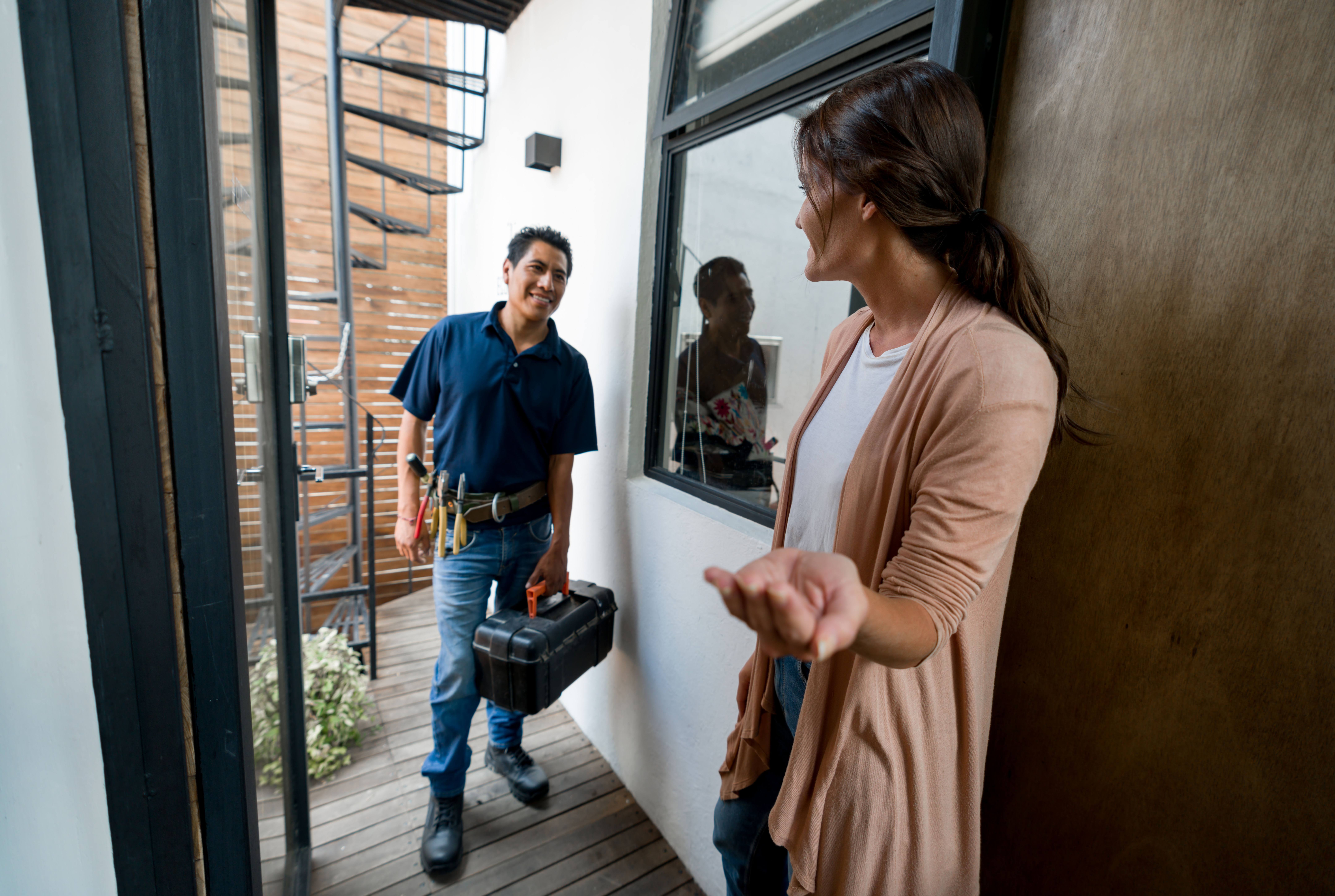Installing a whole-house fan in your Lake Elsinore, CA home could decrease your AC-related electricity costs by as much as 90%. In the summer, whole-house fans provide continuous savings while promoting good ventilation and improving indoor air quality (IAQ). However, having a whole-house fan in winter could prove far less beneficial. Certain models allow for substantial air leakage and increase the amount of work that furnaces, heat pumps, and boilers must do. Even high-end whole-house fans cause comparable levels of energy waste when they aren’t properly installed and insulated. The good news is that this doesn’t have to be the case. With the right whole-house fan and meticulous installers, you can enjoy year-round efficiency and superior levels of home comfort.
Minimizing Air Leaks When Installing a Whole-House Fan
Many of the latest whole-house fans are built with louvers or dampers that seal shut when they aren’t in use. Not only do these features prevent heat loss in winter, but they also play an important hand in keeping birds, bats, raccoons, and other pests out. Among the biggest drawbacks of many standard or entry-level whole-house fans is that they lack these dampers or they have dampers that are poorly designed and uninsulated.
When installing whole-house fans with uninsulated dampers, HVAC technicians can limit heat loss by additionally installing one-inch insulation board along each louver slat. However, these and other modifications to standard fan designs could compromise their manufacturer warranties even as they fail to completely prevent air leaks. It’s far better to shop for options like the whole-house fans from QuietCool, which are built with the challenges of winter in mind. Fans like these provide optimum ventilation and cooling system support during summer, but their airtight and well-insulated louvers inhibit heat loss when the outside temperature grows cold.
Using Your Whole-House Fan and Your Fireplace at the Same Time
Whole-house fans are recognized for far more than their cooling benefits. These units freshen the indoor air by lifting out unpleasant cooking odors and stagnant, airborne contaminants. With the Environmental Protection Agency (EPA) estimating that the air in most homes is two to five times more contaminated than the air outdoors, this is a benefit that many consumers appreciate year-round. After all, winter is usually when windows and doors are sealed tight and residents are constantly introducing new toxins into their living spaces by using:
- Scented candles and incense
- Room freshening sprays
- Chemical-laden surface cleaners
- Carpet powders
In winter, whole-house fans also promote better air circulation and can evenly distribute heat to remote spaces that are normally much colder than everywhere else.
However, you should always take great care when turning a whole-house fan on during winter, and you should never activate this appliance while using your wood-burning fireplace. These fans draw air from all corners of the attic, including the area around your fireplace flue. As such, your whole-house fan could draw ash, soot, and exhaust gases from your fireplace and circulate them throughout your home.
Backdrafting and Using Your Whole-House Fan in Winter
Another potential drawback of using whole-house fans during winter is backdrafting. This occurs when homes are incredibly airtight and exhaust fans create negative air pressure. Negative air pressure pulls air into the home from all viable access points, including the furnace, water heater, and stove exhausts. The result is having CO gas and other deadly emissions enter the living space where they can and will wreak havoc on human health. The only way sure way to prevent backdrafting is by having your whole-house fan professionally installed and streamlined for winter use.
The Importance of Noise-Dampening Designs
In summer, the whir of fast-moving fan blades is comforting. This is a sound that people often associate with cool air and relief. In winter, quite the opposite is true. When families are huddled up watching the television, hosting quiet dinners, or holding private conversations, the noise produced by a standard or entry-level whole-house fan could prove irritating. Whether you intend to use your whole-house fan in the summer only or for year-round ventilation and odor control, it’s best to look for an option that offers whisper-quiet operation.
Are Whole-House Fans Worth It?
In many homes, whole-house fans are essential HVAC additions for optimizing AC efficiency, protecting and freshening the indoor air, and supporting ventilation and air distribution. While some whole-house fans are ill-suited for winter use, many of the latest and most innovative models are both well-insulated and built for limited operational noise. These fans are well worth the investment for consumers who would otherwise contend with stale, stagnant air, excess humidity, and other ventilation-related challenges.
Since 2014, our team at Polar Express Plumbing, Heating and Air Conditioning has been helping residents of Lake Elsinore, CA maintain clean, fresh-smelling, and comfortable homes. We offer furnace and air conditioner maintenance, installation, and repairs. We also provide duct cleaning, dehumidifiers, humidifiers, air purifiers, and cutting-edge whole-house fans from QuietCool. To schedule an appointment, give us a call at Polar Express Plumbing, Heating and Air Conditioning today.



